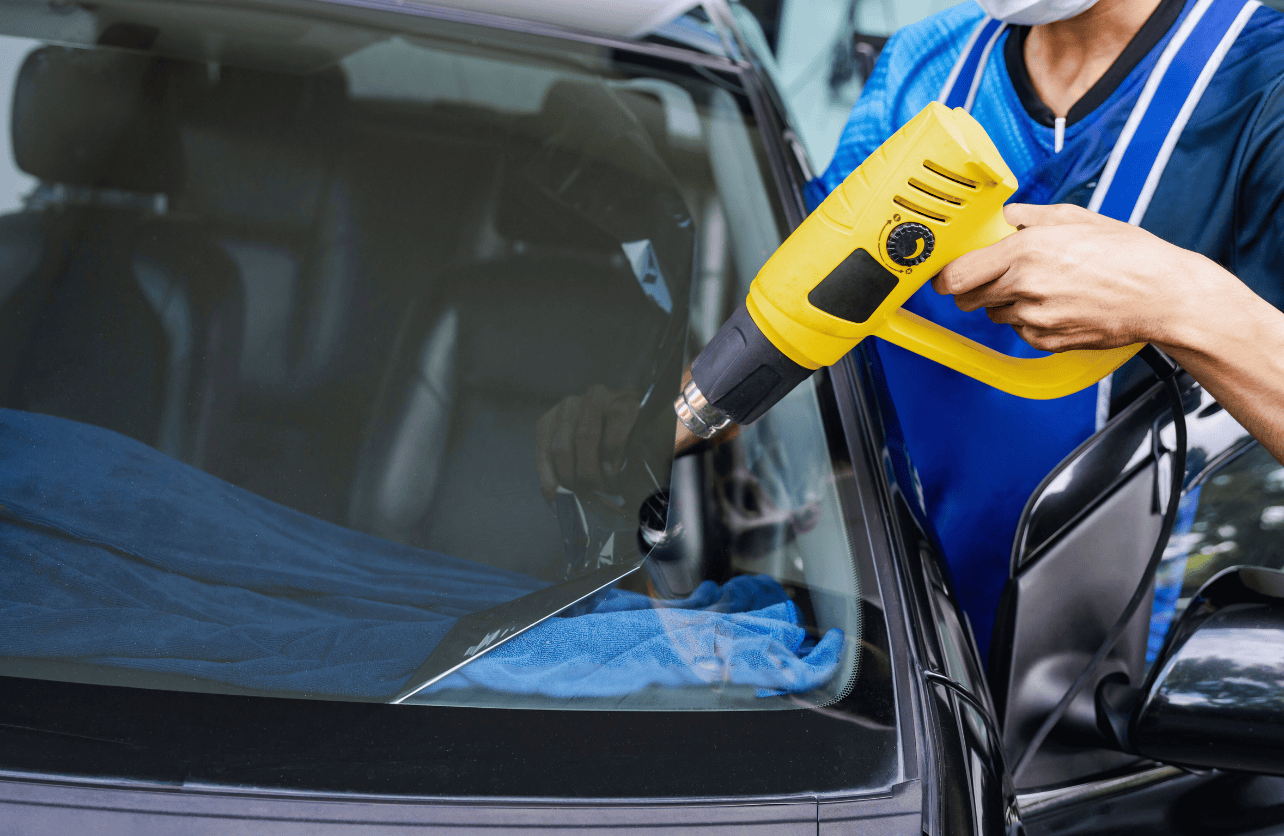How to Use Decal Removers on Glass, Metal, and Plastic Surfaces

Decals serve many purposes, from branding on commercial vehicles to decorative stickers on laptops, windows, and appliances. However, when it’s time to remove them, things can get tricky. Depending on the surface—glass, metal, or plastic—the process can vary to ensure a clean removal without causing damage.
Using the right decal remover and technique is key to avoiding residue, scratches, or discoloration. This guide will walk you through how to safely and effectively remove decals from different surfaces, ensuring a clean finish every time.
Understanding How Decal Removers Work
Decal removers break down the adhesive that bonds the sticker to the surface. They come in different forms, including:
- Chemical solvents – Designed to dissolve adhesive without harming the surface. Common brands include Goo Gone, 3M Adhesive Remover, and WD-40.
- Heat-based removal – Using a heat gun or hairdryer to loosen adhesive.
- Eraser wheels – Rubberized wheels that attach to a drill to physically remove decals, commonly used for metal surfaces.
Choosing the right method depends on the material the decal is attached to.
Removing Decals from Glass
Glass surfaces, such as car windows, mirrors, and storefronts, are non-porous, making decal removal relatively easy. However, improper techniques can leave behind smudges or scratches.
Steps for Removing Decals from Glass
- Start with heat – Use a hairdryer on medium heat for about 30 seconds to soften the adhesive. Avoid overheating to prevent cracking in extreme temperatures.
- Peel off the decal – Use a plastic scraper or old credit card to gently lift the edges of the decal. Avoid using razor blades unless necessary, as they can scratch the glass.
- Apply a decal remover – Spray or apply a glass-safe adhesive remover (like Goo Gone or rubbing alcohol). Let it sit for a minute to break down the residue.
- Wipe clean – Use a microfiber cloth and warm, soapy water to remove any remaining adhesive.
Alternative Method: Vinegar Solution
If you prefer a natural approach, mix equal parts of white vinegar and water in a spray bottle. Spray the mixture on the decal, let it soak for a few minutes, and wipe it away with a cloth.
Things to Avoid on Glass:
- Avoid metal scrapers or sharp blades, as they can cause scratches.
- Never use abrasive pads, which may leave permanent marks.
Removing Decals from Metal Surfaces
Metal surfaces, such as cars, appliances, or metal doors, require a bit more care to avoid scratching or damaging the paint finish.
Steps for Removing Decals from Metal
- Warm up the decal – Use a hairdryer or heat gun on low to medium heat. Heating softens the adhesive and makes peeling easier.
- Slowly peel the sticker – Start from one edge and peel carefully. If resistance is strong, apply more heat.
- Use a decal remover – For stubborn adhesive, apply WD-40, 3M Adhesive Remover, or Goo Gone. Let it sit for 1-2 minutes.
- Wipe away residue – Use a soft microfiber cloth to remove excess adhesive. If necessary, reapply the remover and repeat the process.
- Wash and wax the area – Clean with soap and water, then apply car wax or polish to restore the shine if the decal was on a vehicle.
Alternative Method: Rubbing Alcohol
For minor decals, rubbing alcohol can be a gentler alternative to chemical removers. Apply it using a cloth, let it sit, and wipe the adhesive away.
Things to Avoid on Metal:
- Avoid razor blades, which can scratch paint and finishes.
- Do not use harsh abrasives, especially on painted surfaces.
Removing Decals from Plastic Surfaces
Plastic surfaces, such as laptops, car interiors, and storage bins, require extra caution because chemicals can damage the plastic or cause discoloration.
Steps for Removing Decals from Plastic
- Test a small area first – Some chemical removers can cause clouding or softening of plastic. Test in an inconspicuous area before applying.
- Apply heat carefully – Use a hairdryer on low heat to soften the adhesive. Avoid excessive heat, as plastic can warp.
- Peel off the decal – Use your fingernail or a plastic scraper to gently remove the sticker.
- Use a mild adhesive remover – Opt for rubbing alcohol or a plastic-safe adhesive remover like Goo Gone. Apply with a soft cloth and let it sit.
- Wipe clean – Remove the residue with a damp cloth and mild soap.
Alternative Method: Cooking Oil
If you’re removing a decal from a food-safe plastic container, use olive oil or vegetable oil. Apply a small amount to the adhesive, let it sit for 5 minutes, and gently wipe away.
Things to Avoid on Plastic:
- Do not use acetone (nail polish remover), as it can melt or discolor plastic.
- Avoid scraping too hard, as plastic is more prone to surface scratches.
Final Tips for Safe Decal Removal
- Always work in a well-ventilated area when using chemical removers.
- Wear gloves if using strong solvents to protect your skin.
- Patience is key—rushing the process can lead to damage or leftover residue.
- Wash the surface after removal to eliminate any lingering chemicals or sticky residue.
Summing Up
Removing decals from glass, metal, and plastic surfaces doesn’t have to be a struggle if you use the right methods and products. Glass is the easiest to work with, metal requires careful adhesive removal, and plastic demands gentler handling to avoid damage.
By following proper techniques and choosing the right decal remover, you can achieve a clean, damage-free surface every time. Whether you’re refreshing your car, laptop, or windows, these methods will help you safely remove unwanted decals without hassle.